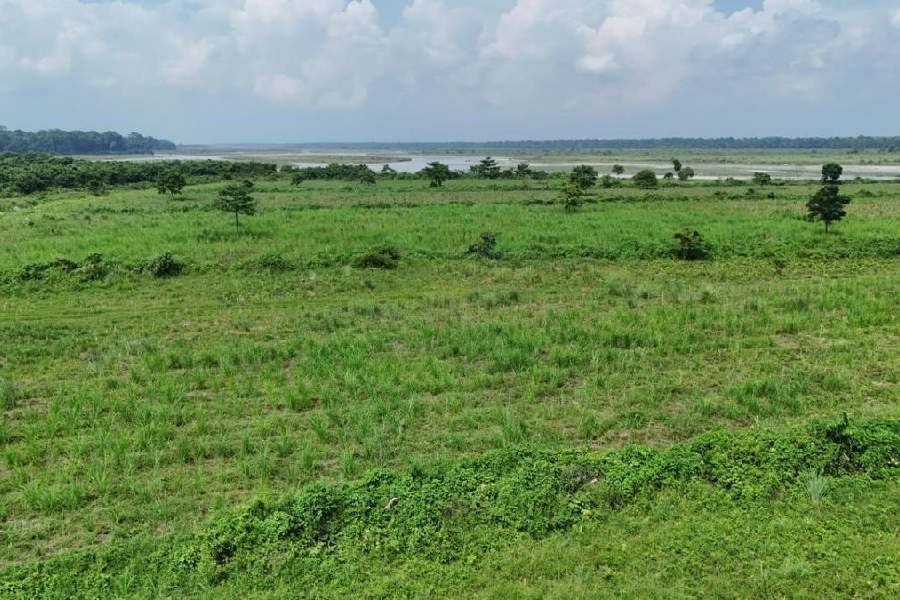The Jaldapara wildlife division will set up CCTV cameras at 30 sensitive locations in and around the Jaldapara National Park, the largest habitat of one-horned rhinos in Bengal, in a bid to reduce the rising incidents of man-elephant conflict.
According to foresters, these solar-run cameras are equipped with night vision to monitor elephant movement even in the dark. Most of those will be installed along the forest fringes bordering nearby villages, where elephant incursions are frequent.
Also, a central control room is being set up at the office of the assistant wildlife warden (AWLW) of the park, from where foresters will monitor live footage round the clock.
“If any elephant is seen moving towards human settlements, the control room will immediately alert our teams, who in turn will rush to the spot and take necessary action. At the same time, villagers in the area will also be informed,” said Nabikant Jha, the AWLW of Jaldapara
The department has also taken up a pilot project to alert people living in villages that are close to the park. As a part of it, sirens have been distributed to three families living in such areas. “Once an elephant is spotted in the area, the family will blow the siren to alert villagers,” Jha added.
He said that the control room’s contact number will be circulated among villagers and will be linked to the emergency helpline of the police (100), ensuring rapid coordination between forest and law enforcement officials.
The initiative comes after a series of tragic incidents in the region. On Thursday night, one Sukhirani Das, 58, was trampled to death by a wild elephant at Meghnath Saha Nagar in Madarihat after stepping outside her house on hearing firecrackers. Her husband narrowly escaped getting killed.
Earlier, on October 22, three people — including a child — were killed by elephants within six hours in separate incidents.
Residents of Madarihat have submitted a memorandum to the forest department, demanding stronger measures to prevent elephants from entering villages, citing repeated crop damage and loss of livelihood.
According to forest sources, 29 teams have been deployed across different areas of the national park to manage human-elephant conflict, with nine teams operating in the Madarihat range alone. On Friday, three additional teams were deployed in Madarihat to intensify patrolling.
Senior foresters pointed out that loss of grasslands and habitats due to the October 5 floods exacerbated the situation. Grasslands on both sides of the Torsha river — where elephants usually reside — were severely damaged by the flood and siltation, forcing the herds to move into new areas.










